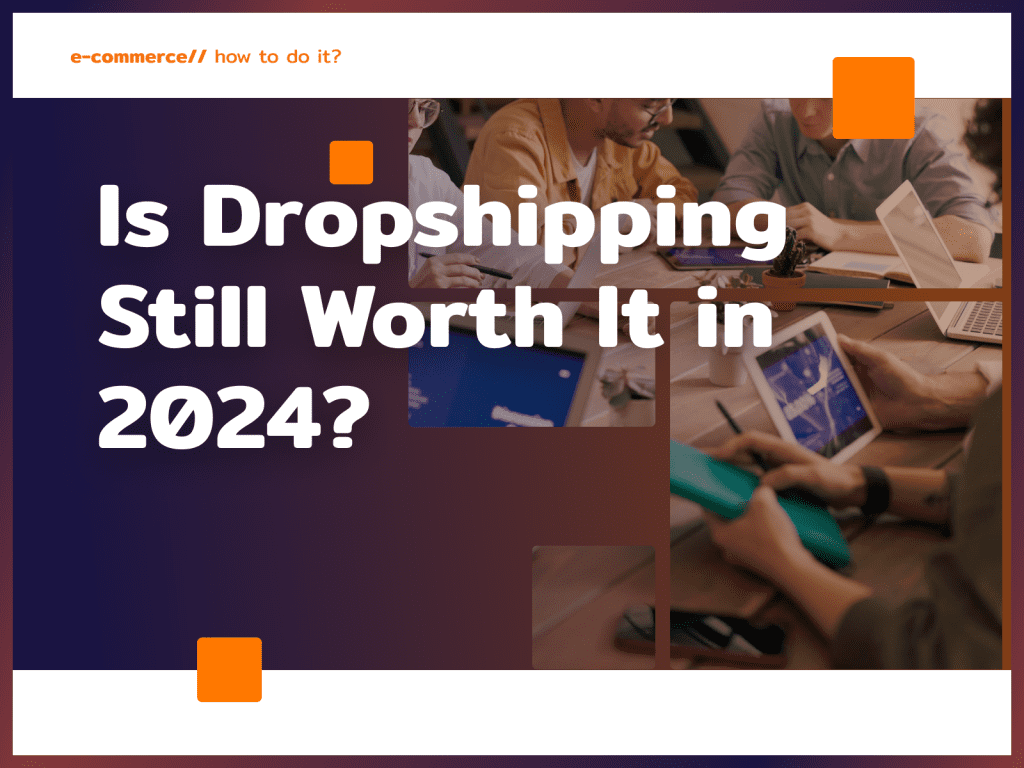E-commerce margin is a key component of any e-commerce business strategy. It represents the difference between the price at which you sell a product and the price at which you purchase it. Its proper determination can determine the success or failure of a company. It is worth considering what the e-commerce margin should be in order to achieve profitability and competitiveness in the e-commerce market.
You want me to take a look at your online store and advise you on whether you are going in the right direction. I’m an e-commerce manager: schedule a consultation!
How much margin can you impose in e-commerce?
The basis is the difference: margin versus markup.
Margin: what is it?
Definition: Margin is the percentage ratio of profit to the cost of purchasing goods or production. It means how much money is left as profit after subtracting the costs associated with the production or purchase of goods from their selling price.
Calculation: The margin is calculated as (Profit / Selling Price) * 100%. For example, if a product costs 100 zloty, and its selling price is 150 zloty, the margin is (150 zloty – 100 zloty) / 150 zloty * 100% = 33.33%.
Purpose: Margin is used to determine the profitability of product sales and helps companies determine how much they will earn for each product or service sold.
Charge
Definition: mark-up is the percentage ratio of the selling price to the cost of goods or production. Indicates how much percentage you added to the cost of purchase or production to determine the selling price.
Calculation: The mark-up is calculated as (Selling price – Purchase/production cost) / Purchase/production cost * 100%. For example, if a product costs 100 zloty and its selling price is 150 zloty, the markup is (150 zloty – 100 zloty) / 100 zloty * 100% = 50%.
Use: The markup helps determine how much of a percentage markup or surplus the selling price includes over the cost of purchase or production. It is used to determine how much more a customer has to pay relative to the cost of purchasing a product or producing a service.
Remember the difference in gross and net margins!
Remember the difference between gross margin and net margin when managing the finances of your business. Gross margin focuses on the direct costs associated with producing or selling a product and is useful for assessing the profitability of a particular product. The net margin, on the other hand, takes into account all the company’s expenses, such as marketing, warehousing, rents, bills and others, thus determining the company’s total net profit.
If you want to assess how profitable a product is, focus on gross margins. On the other hand, if you plan to set the price of a product, you need to consider the markup. Remember that the discount given on a product should not exceed the value of the margin, so that the profitability of sales is not negatively affected.
How much % margin in e-commerce?
In e-commerce, gross margin plays a key role in assessing the profitability of a business. This is the percentage difference between sales revenue and the cost of purchasing or producing goods or services. Margin values can vary significantly depending on the industry and type of business.
In some industries, such as fashion, especially if you are a manufacturer with your own recognizable brand, average gross margins can be an impressive 50-70%. However, in other industries, such as electronics and online pharmacies, margins are often much lower, ranging between 2% and 20%. When it comes to electronics, especially in stores offering a wide assortment, low margins are common. Online pharmacies, on the other hand, often have to compete on price, and their average margins are higher than in electronics, but still range from 5% to 20%.
Average gross margins in e-commerce are typically in the 30-40% range. It is worth noting that the exact margin depends on the type of business and can change as the company grows. With more resources and financial capacity, companies can focus on effective marketing efforts, which can help increase margins.

Earn more by optimizing your internet marketing
I will prepare an action strategy and, together with my team, implement it for you.
Too low a margin on sales: what results?
Selling on a low margin can lead to several important consequences that are worth considering. First, it can create certain expectations in customers. If we regularly offer products or services at low prices, our customers can expect such prices to be maintained in the future. In a situation where we decide to raise prices, there is a risk of losing customers who will no longer be interested in our offerings.
To effectively manage low margins, it is also worth considering strategies to encourage additional purchases. We may offer discounts or promotions, which will encourage customers to purchase additional products or to increase the value of their shopping cart.
Secondly, there is always the risk that there will be competitors who will be able to offer lower prices to our customers. Competitors can achieve lower margins due to higher sales volume or lower costs of doing business. In such a situation, a sustainable competitive advantage based on low margins may prove difficult to achieve. You’ll find yourself in a tough situation because, operating on a minimum margin, you no longer have anything to cut prices from.
When can a low margin work?
Low margins, despite limitations, can prove effective in many cases. First of all, it is worth considering lowering the price when dealing with a complementary product, one that customers rarely buy individually (such as replacement parts). It often translates into higher transaction value, which compensates for the lower margin on a single product. Cross-selling and encouraging customers to make additional purchases can be a key component of a low-margin strategy.
A low margin can also be used at the beginning of the business to build a position in the market. By introducing a product or service at an attractive price, we can attract customers’ attention and gain their interest. As you gain customer loyalty, you can gradually raise prices by considering an effective pricing strategy.
When launching a new product, cutting margins can be an effective tool. If we are not sure how the market will react to a novelty, a lower price may encourage customers to try the product. This allows us to get the first reviews and feedback, which in turn will influence further sales. It is a kind of investment in the future, which may prove profitable in the long run.
Fighting for customers is another situation in which a margin cut may be justified. If competitors are trying to win over our customers, decisive action, such as lowering prices, can help maintain customer loyalty. The key, however, is to properly communicate such activities to avoid the trap of continually lowering prices. It is worthwhile to ensure that the low margin is presented as a bargain, not a rule.
In the e-commerce sector, automating sales processes saves costs, which can offset lower margins. In such cases, high sales volume (high number of units sold) with low margins can bring satisfactory financial results.
Marketing activities are another aspect that can justify low margins. Sometimes it’s worth investing in lowering the price of a particular product to attract customers’ attention. Such tactics can be an effective tool for attracting new customers who will ultimately make larger purchases.
Want me to give you personalized tips on what to improve in your store? Call or write!
















